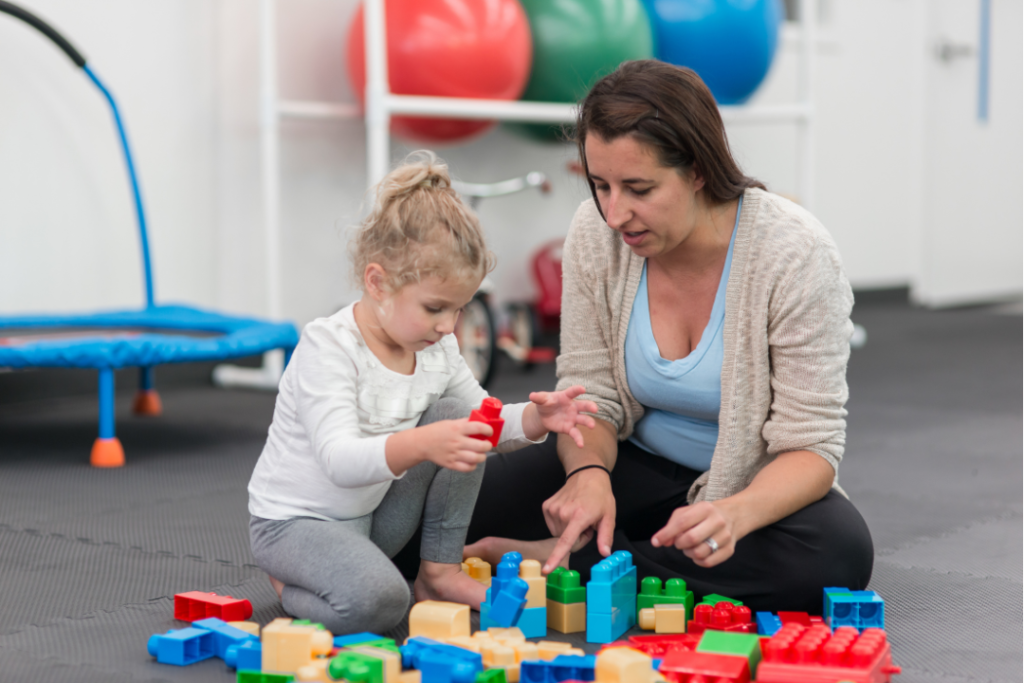Hello and welcome, caring parents and guardians! If you’re venturing into this post, chances are you’ve heard about occupational therapy (OT) and are eager to know how it might be a game-changer for your child. We’re going to examine the ins and outs of this diverse healthcare discipline, exploring its methodologies, empirical evidence, and its tangible impact on everyday life. By the end of this read, you’ll have a well-rounded understanding that should guide you in making informed decisions for your child.

Defining Occupational Therapy
Origins and Evolution
Occupational therapy has a rich history dating back to World War I. While it was initially designed to help rehabilitate injured soldiers to return to work, today it has expanded exponentially to include individuals across the lifespan—infants, toddlers, children, adults, and seniors. The expansion of OT into pediatric care is particularly noteworthy as it fills a significant gap in healthcare for children, offering tailored treatments that respect each child’s unique developmental stage.
Core Principles and Objectives
The essential philosophy behind occupational therapy is to enable people to engage in daily activities (or “occupations”) with as much ease and independence as possible. For children, these “occupations” range from playing and learning self-care tasks like feeding and brushing teeth. The overarching goal here is to boost your child’s quality of life, not just in the clinical setting but also at home, school, and in the community.
Scope
The spectrum of issues that OT can address is broad, catering to various conditions—physical, cognitive, sensory, or a mix of these. Whether it’s motor skills development in children with Down syndrome or behavioral management for those with ADHD, OT designs interventions to meet individualized needs.
Methodologies Used in Occupational Therapy
Patient Assessment
Our first interaction typically involves an in-depth assessment to identify your child’s specific condition, challenges, and what goals would make the most significant impact on their quality of life. This comprehensive evaluation includes a range of techniques from clinical observations to standardized tests and interviews with caregivers, parents, and even teachers in some cases.
Intervention Plan
Based on this assessment, we develop a personalized intervention plan. Think of it as a roadmap that outlines each stage of treatment, specifying the kind of therapeutic activities, duration, frequency, and what success would look like at each juncture. This plan is not etched in stone; it is designed to adapt as your child grows and evolves.
Treatment
Now comes the action-packed part—the treatment phase. Depending on the unique needs identified in the intervention plan, we employ a wide range of strategies. These may include sensory-based activities to help children with sensory processing disorders or behavioral strategies to help kids with emotional or social difficulties. The goal is always to enable your child to navigate their world with less struggle and more joy.
Evaluation and Reassessment
At various milestones, we’ll reassess to see how well the plan is working. Depending on the outcomes, modifications to the treatment plan might be necessary. These evaluations ensure that the therapy remains aligned with your child’s evolving needs and goals.
Empirical Evidence on Occupational Therapy
Major Studies and Findings
When it comes to OT, the proof is in the pudding—or rather, in peer-reviewed scientific research. Studies conducted over the past few decades show substantial benefits in areas like fine motor skills, social interactions, and emotional well-being among children who have undergone OT. Recent research even indicates reduced healthcare costs and hospital readmissions, making it a cost-effective option without compromising on outcomes.
Role in Different Conditions
Each condition presents its own set of challenges and, thus, calls for a specialized approach. For instance, OT for children with Autism Spectrum Disorder might focus heavily on social skills and sensory sensitivities, whereas the approach for those with physical disabilities like cerebral palsy may target mobility and daily living skills.
Comparison with Other Therapies
While physical therapy mainly concentrates on overcoming physical impairments, occupational therapy looks at the big picture. It doesn’t just ask, “What functional limitations does the child have?” but expands the question to, “How do these limitations affect the child’s daily life, emotional well-being, and social interactions?”
Case Studies: Occupational Therapy in Action
Real-life Impact
Take Holly, a 7-year-old girl who was diagnosed with a sensory processing disorder. She used to find school overwhelming, leading to frequent meltdowns. After a year of tailored occupational therapy, Holly has learned coping strategies that help her stay focused and calm in class. Her social life has blossomed, and her academic performance has improved, painting a fuller, happier picture of her childhood.
Testimonials
Parents often share stories of remarkable transformations. They talk about their once-shy kids who can now make friends or those who were struggling with academics but have now become more focused and engaged learners.
Quality of Life
When all is said and done, the ultimate objective is your child’s quality of life. Occupational therapy strives to elevate every aspect of daily living—from tying shoelaces and handwriting to interacting with peers and enjoying family outings without stress.
Frequently Asked Questions
Enhancing the individual’s ability to participate fully and independently in daily activities.
Occupational therapy takes a more holistic approach, targeting not only physical but also emotional and cognitive aspects of well-being.
It’s a long list that includes but is not limited to developmental delay, autism, ADHD, cerebral palsy, and sensory processing disorders.
Through various metrics including standardized tests, functional assessments, and quality of life measurements.
Conclusion
We’ve traveled through the myriad facets of occupational therapy, providing you with both the science-backed evidence and the human side of this field. As parents, we are our children’s biggest advocates. Knowing the breadth and depth of what occupational therapy offers can be a powerful tool in advocating for your child’s well-being.
